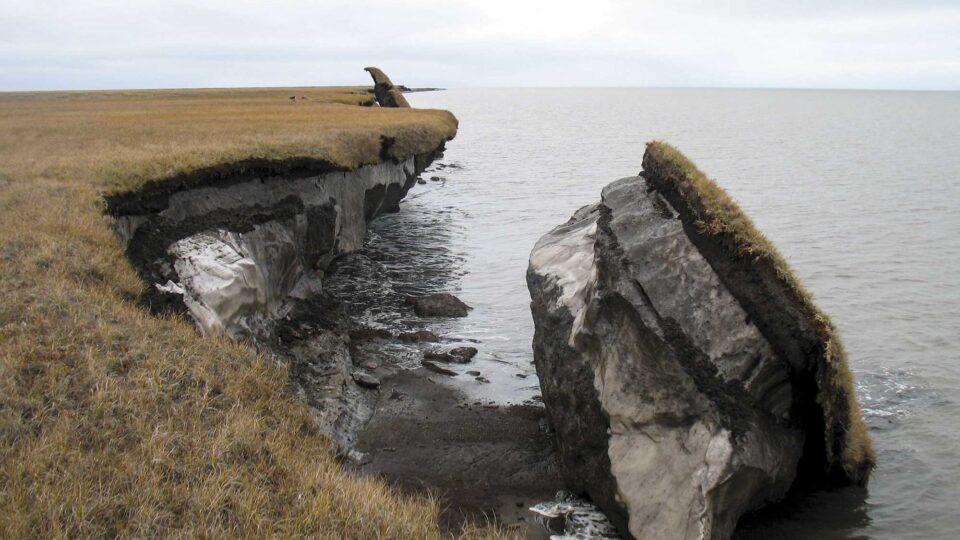Mangrove forests play a vital role in the health of our planet. They protect coastal regions by acting as natural barriers against storms, erosion, and flooding. The intricate root systems of mangrove forests, which allow the trees to handle the daily rise and fall of tides, also serve as biodiversity hotspots, attracting fish and other species seeking food and shelter from predators.
But mangrove forests around the world are under increasing threat from deforestation, coastal development, and climate change. In fact, according to a new study led by researchers from Northumbria University in England, the mangrove trees in the Maldives are actually drowning.
The research, which was recently published in the journal Scientific Reports, found that sea levels around the Maldives rose more than 1.18 inches per year from 2017 to 2020. An unusually intense climate phenomenon, known as the Indian Ocean Dipole, occurred toward the end of this period, causing warmer sea surface temperatures and an increase in sea level in the Western Indian Ocean.
While mangrove forests can naturally keep pace with gradually rising seas, this rate of sea level rise was too fast. The rising sea level meant that seawater effectively flooded mangrove forests, causing many trees to lose their resilience and die. Some islands in the Maldives have lost more than half of their mangrove cover since 2020.
Since mangrove forests also store massive amounts of carbon, the research team fears that the loss of mangrove forests could release large amounts of carbon, further accelerating climate change.
The researchers warn that the findings in the Maldives could have implications for coastal ecosystems around the world.
**********
Web Links
“Drowning” mangrove forests in Maldives signal global coastal threat
Photo, posted February 11, 2015, courtesy of Alessandro Caproni via Flickr.
Earth Wise is a production of WAMC Northeast Public Radio

